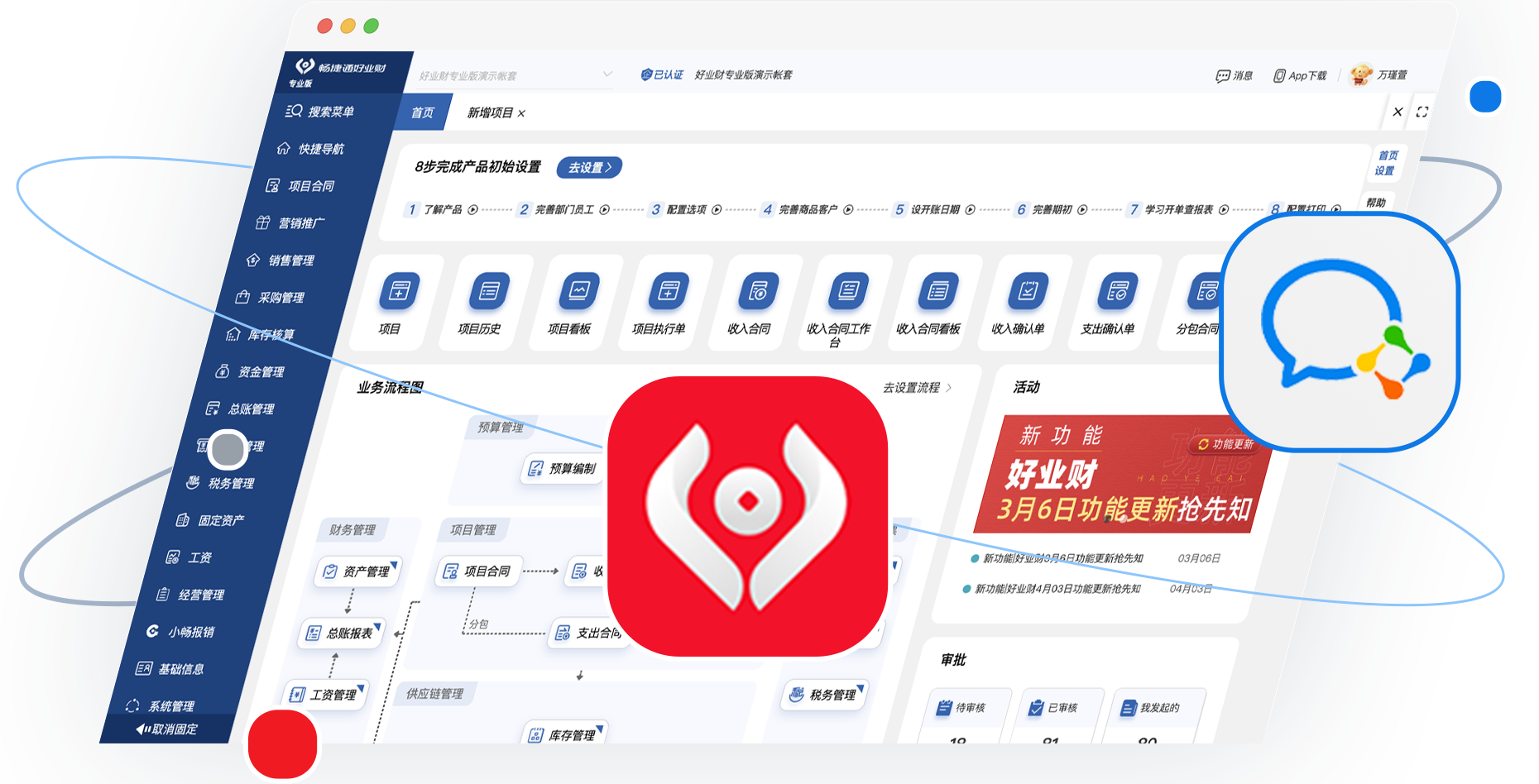IRM管理系统权限访问控制In the realm of information security, the management of access control is crucial for the protection of sensitive data and the prevention of unauthorized access. With the increasing complexity and interconnectedness of modern IT systems, the need for robust and effective Identity and Rights Management (IRM) systems has never been more pressing.

As a senior editor at Changjie Tong, a subsidiary of UFIDA, it is my privilege to delve into the intricate world of IRM management systems and explore the various dimensions of their role in safeguarding organizational assets and ensuring compliance with regulatory requirements.
Technical AspectIn the technical dimension, IRM systems play a pivotal role in regulating user access to different parts of the organizational network. Through the use of advanced authentication mechanisms such as biometric recognition, multi-factor authentication, and encryption, IRM systems can effectively control who has access to what information within the system. Furthermore, the implementation of role-based access control allows for the granular assignment of permissions based on the user's role within the organization, thus minimizing the risk of unauthorized data exposure. By leveraging these technical capabilities, organizations can fortify their defenses against cyber threats and data breaches.
From a compliance perspective, IRM systems help organizations adhere to a myriad of industry-specific regulations and data protection laws. By integrating access control policies that align with regulatory requirements, companies can avoid hefty fines and mitigate the legal risks associated with non-compliance. Additionally, the audit trails and reporting features of IRM systems enable organizations to demonstrate their adherence to regulatory standards, thereby enhancing their credibility in the eyes of customers, partners, and regulatory bodies.
Operational EfficiencyBeyond the realms of security and compliance, IRM systems also contribute to operational efficiency within organizations. By streamlining the process of granting and revoking access privileges, these systems reduce the administrative burden on IT departments and enable them to allocate resources more strategically. Moreover, the automation of user provisioning and de-provisioning minimizes the potential for human error, ensuring that access rights are consistently aligned with the principle of least privilege. As a result, organizations can optimize their operational workflows and minimize the risk of insider threats stemming from excessive user privileges.
From a business continuity standpoint, IRM systems play a vital role in mitigating the impact of personnel changes within an organization. Whether it be the onboarding of new employees, the transfer of staff between departments, or the offboarding of departing personnel, IRM systems facilitate the seamless adjustment of access privileges to reflect these changes. This agile response to workforce dynamics safeguards the organization against the disruptions that often accompany personnel transitions, ensuring the continuity of business operations.
Risk MitigationWhen it comes to risk mitigation, IRM systems act as a proactive defense mechanism against the ever-evolving landscape of cyber threats and internal vulnerabilities. By enforcing stringent access controls and privilege management protocols, these systems significantly reduce the likelihood of unauthorized access, data leaks, and insider abuse. Furthermore, IRM systems empower organizations to implement real-time monitoring and anomaly detection, enabling them to swiftly identify and respond to suspicious user activities. As a result, the risk of data breaches and security incidents is markedly diminished, bolstering the overall resilience of the organization's digital infrastructure.
Moreover, IRM systems contribute to the overall risk governance framework by providing decision-makers with actionable insights into access patterns, user behavior, and compliance metrics. Armed with this comprehensive visibility, organizational leaders can make informed decisions regarding risk prioritization, resource allocation, and the development of proactive security measures. Thus, IRM systems not only serve as a shield against risk but also as a strategic enabler of risk-aware decision-making.
User ExperienceIn the realm of user experience, IRM systems play a dual role as protectors of security and facilitators of productivity. By offering a seamless and user-friendly interface for access requests, approvals, and self-service provisioning, these systems empower employees to navigate access control processes with ease and efficiency. The intuitive design of IRM systems minimizes the cognitive overhead associated with requesting and managing access, thereby fostering a positive user experience within the organizational ecosystem.
Additionally, IRM systems enable organizations to embrace the concept of Bring Your Own Device (BYOD) and remote work, without compromising the integrity of access control. Through the implementation of secure access protocols and device management policies, these systems extend the boundaries of access control beyond the traditional confines of the corporate network. This flexibility not only aligns with the evolving nature of work but also enhances the agility and productivity of the modern workforce.
ConclusionIn conclusion, the management of access control within organizations is a multidimensional endeavor that encompasses technical, compliance, operational, risk, and user experience considerations. IRM systems emerge as indispensable assets in this regard, offering a comprehensive suite of capabilities that fortify the organization's security posture, enable regulatory compliance, optimize operational efficiency, mitigate risk, and enhance the user experience. As the digital landscape continues to evolve, the role of IRM systems in ensuring secure and controlled access to organizational resources will remain paramount, driving the evolution of access management practices and reshaping the cybersecurity landscape.

 用友好会计
用友好会计



























